Crowning the grand staircase, Cedar Breaks sits at over 10,000 feet and looks down into a half-mile deep geologic amphitheater. This area’s human history reaches beyond memory. The Southern Paiute called Cedar Breaks “u-map-wich”, or “the place where the rocks are sliding down all the time.” Settlers later called it “Cedar Breaks,” by misidentifying the area’s juniper trees as cedars. “Breaks,” is a geographic term to describe a sharp/abrupt change or “break” in topography.
As western tourism began to explode in the early 1900s, the lands which today comprise the national park were included within the boundaries of Sevier National Forest and subsequently incorporated into the Dixie National Forest. On August 22, 1933, President Franklin D. Roosevelt proclaimed Cedar Breaks a national monument.
Installed in the historic Civilian Conservation Core cabin (constructed 1936-1937), this exhibit chronicles the human history of the area and how it was occupied first by early peoples before the pioneers arrived in the 19th century, eventually becoming a Utah tourist attraction in the 1920s —a decade before it became a national park.
An introductory video produced by Whirlwind gives a brief overview to this remarkable human history.
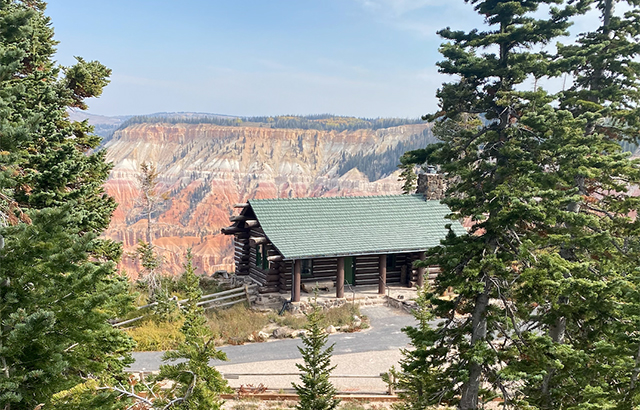
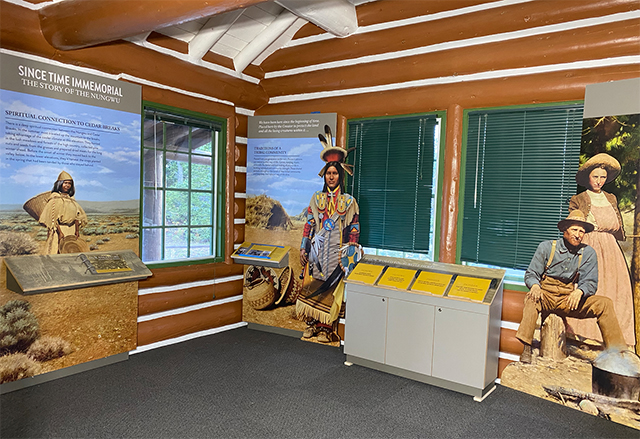
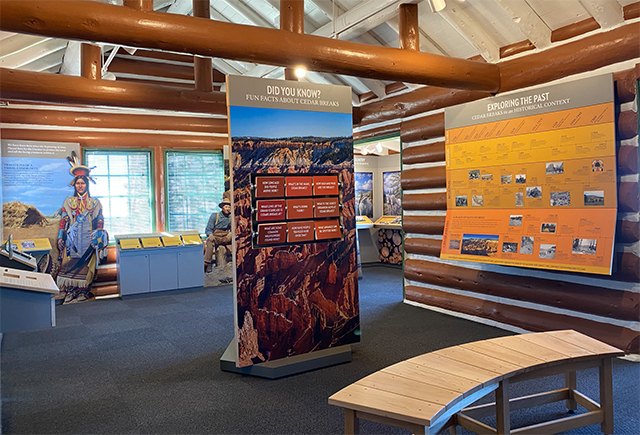
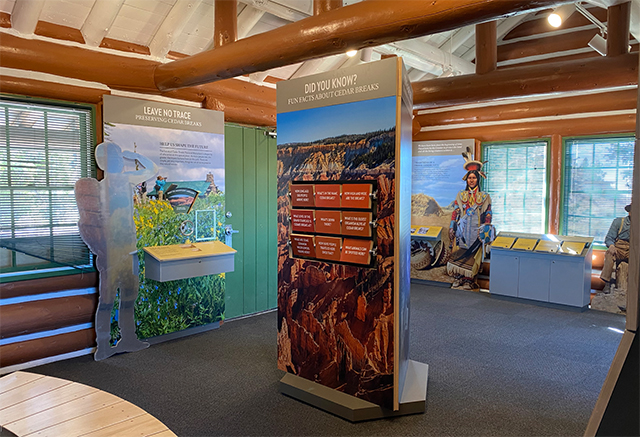
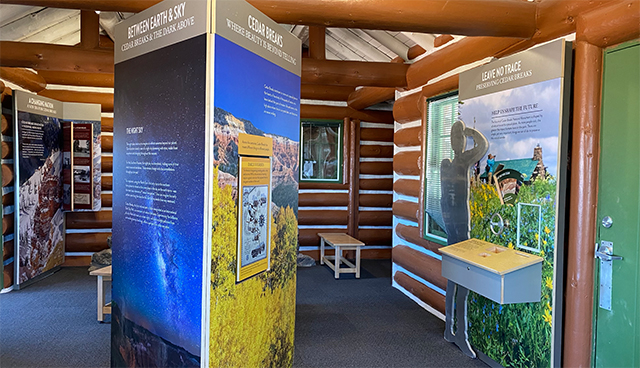
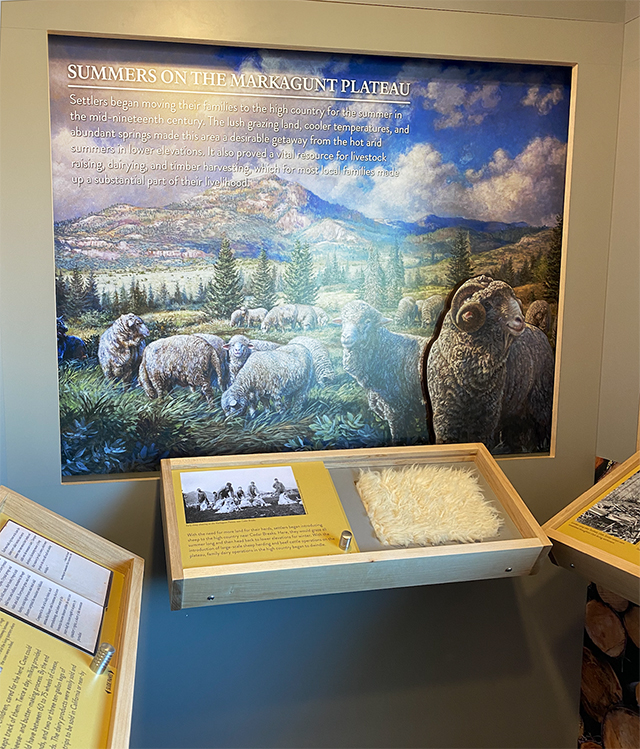
Crowning the grand staircase, Cedar Breaks sits at over 10,000 feet and looks down into a half-mile deep geologic amphitheater. This area’s human history reaches beyond memory. The Southern Paiute called Cedar Breaks “u-map-wich”, or “the place where the rocks are sliding down all the time.” Settlers later called it “Cedar Breaks,” by misidentifying the area’s juniper trees as cedars. “Breaks,” is a geographic term to describe a sharp/abrupt change or “break” in topography.
As western tourism began to explode in the early 1900s, the lands which today comprise the national park were included within the boundaries of Sevier National Forest and subsequently incorporated into the Dixie National Forest. On August 22, 1933, President Franklin D. Roosevelt proclaimed Cedar Breaks a national monument.
Installed in the historic Civilian Conservation Core cabin (constructed 1936-1937), this exhibit chronicles the human history of the area and how it was occupied first by early peoples before the pioneers arrived in the 19th century, eventually becoming a Utah tourist attraction in the 1920s —a decade before it became a national park.
An introductory video produced by Whirlwind gives a brief overview to this remarkable human history.





